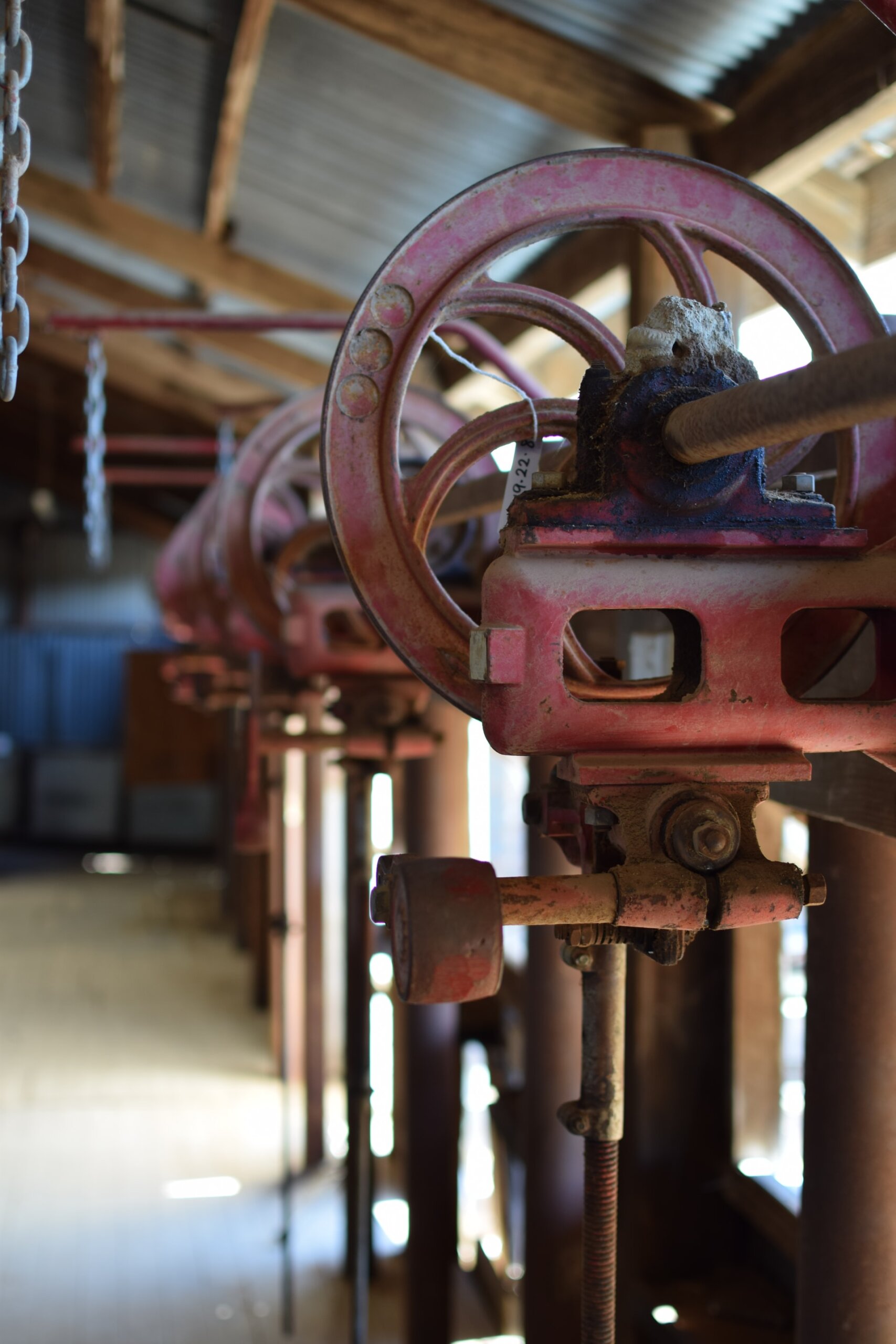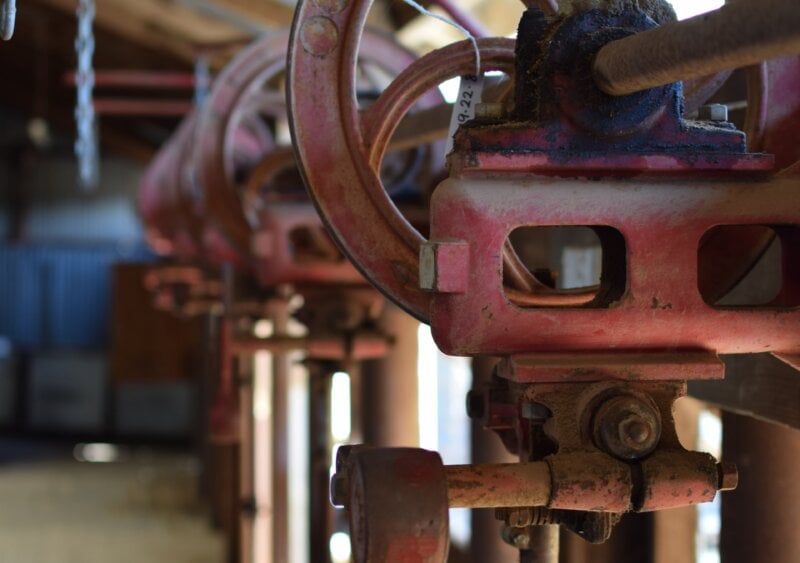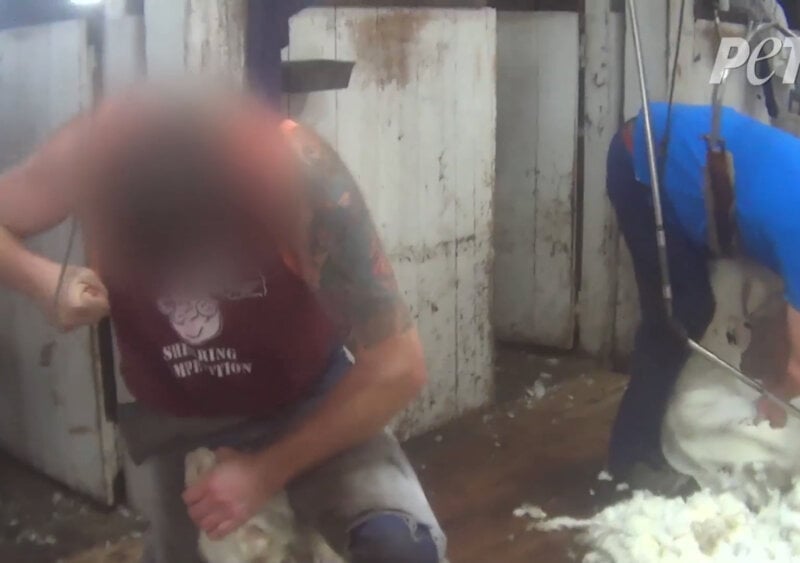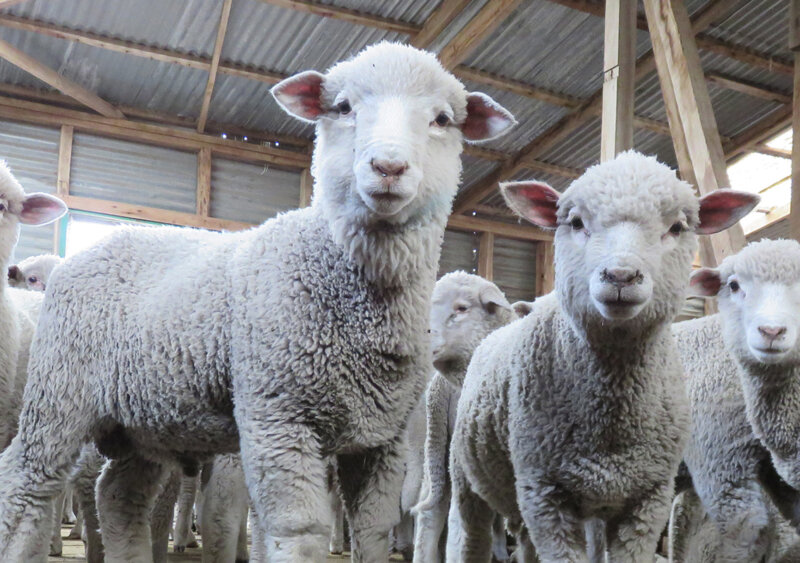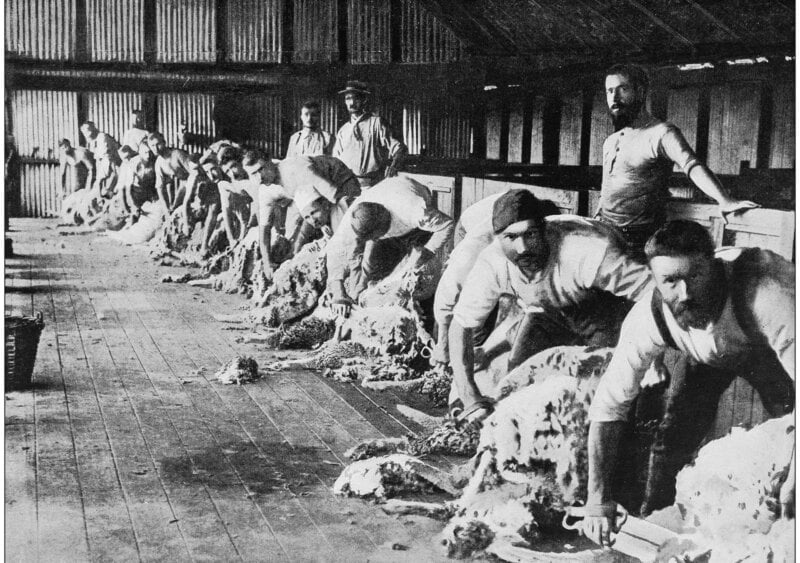Woolshed Working Conditions
Sheep are prey animals, who are instinctively terrified of being pinned down. The shearing process is stressful for them, and due to their desperate attempts to escape, difficult for the shearer who is encouraged to work as quickly as possible.
Shearing Pay Structure
In Australia, New Zealand, and the United Kingdom, shearers are paid by yield, meaning the more sheep they shear, the more money they can earn per day.
The rate is $3.25 AUD per sheep in Australia, around $2.25 NZD in New Zealand (depending on the breed) and £2 in the UK.
There are lots of promises of earning good money if you work hard, but according to the Economic Research Institute, the average wage for shearers in Australia is $44,272 AUD – only around $5,000 above minimum wage. Roustabouts (the colloquial term for a farm hand in a shearing shed) earn even less.
“If you want a pay rise just go a bit faster.”
Shearers are at least six times more likely to be seriously injured than the average worker.
“If you want a pay rise just go a bit faster,” suggests the New Zealand government’s Careers page about shearing.
This encourages rushed, rough handling of the animals and, sometimes, drug use.
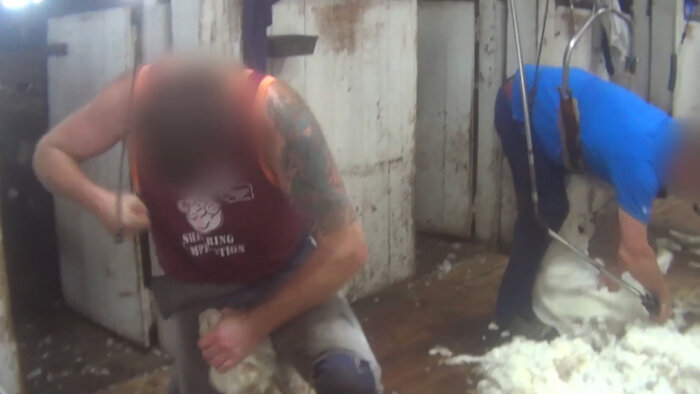 © PETA
© PETADrugs in Shearing Sheds
The Australian Workers Union has heard dozens of reports of shearing contractors paying employees with cash and drugs.
In 2017, the shearing industry held a Drug and Alcohol Safety Summit to address the issue of what some called “rampant” abuse of ice – crystal methampethamine – a highly addictive stimulant drug.
Shearing contractor Damian Raudino told the ABC that some of his peers are making money from drugs but they’re also “getting more sheep shorn”.
“Everything always comes back to the cost – the cheapest quote gets it.”
Shearing is a Risky Business
Speaking of cheap: dozens of workers and industry insiders have reported increasingly poor conditions in woolsheds including no toilets, no running water and unsafe, outdated equipment.
A shearer wields a sharp mechanised clipper and works hurriedly with unwilling, terrified, large animals in close quarters.
Shearing is one of the most dangerous jobs in the country, with Safe Work Australia data showing that shearers are at least six times more likely to be seriously injured than the average worker. Adding drugs into the mix only makes things worse.
In 2017, a roustabout had her scalp torn off by overhead machinery in a woolshed in New South Wales, Australia. Her family said such machinery is outdated and called for it to be banned. Despite advances in technology, many woolsheds around the country are still using original equipment that’s up to 100 years old.
